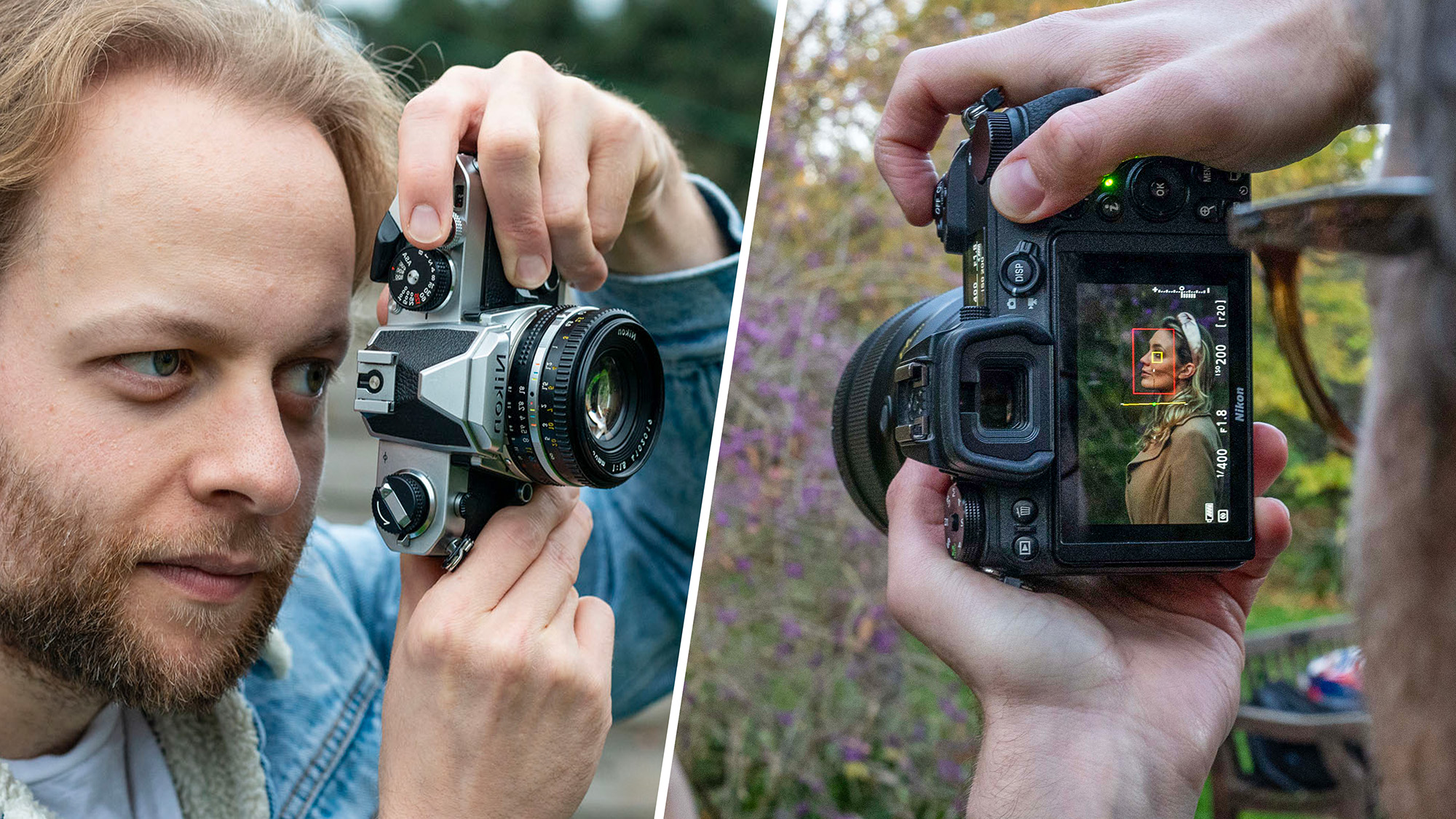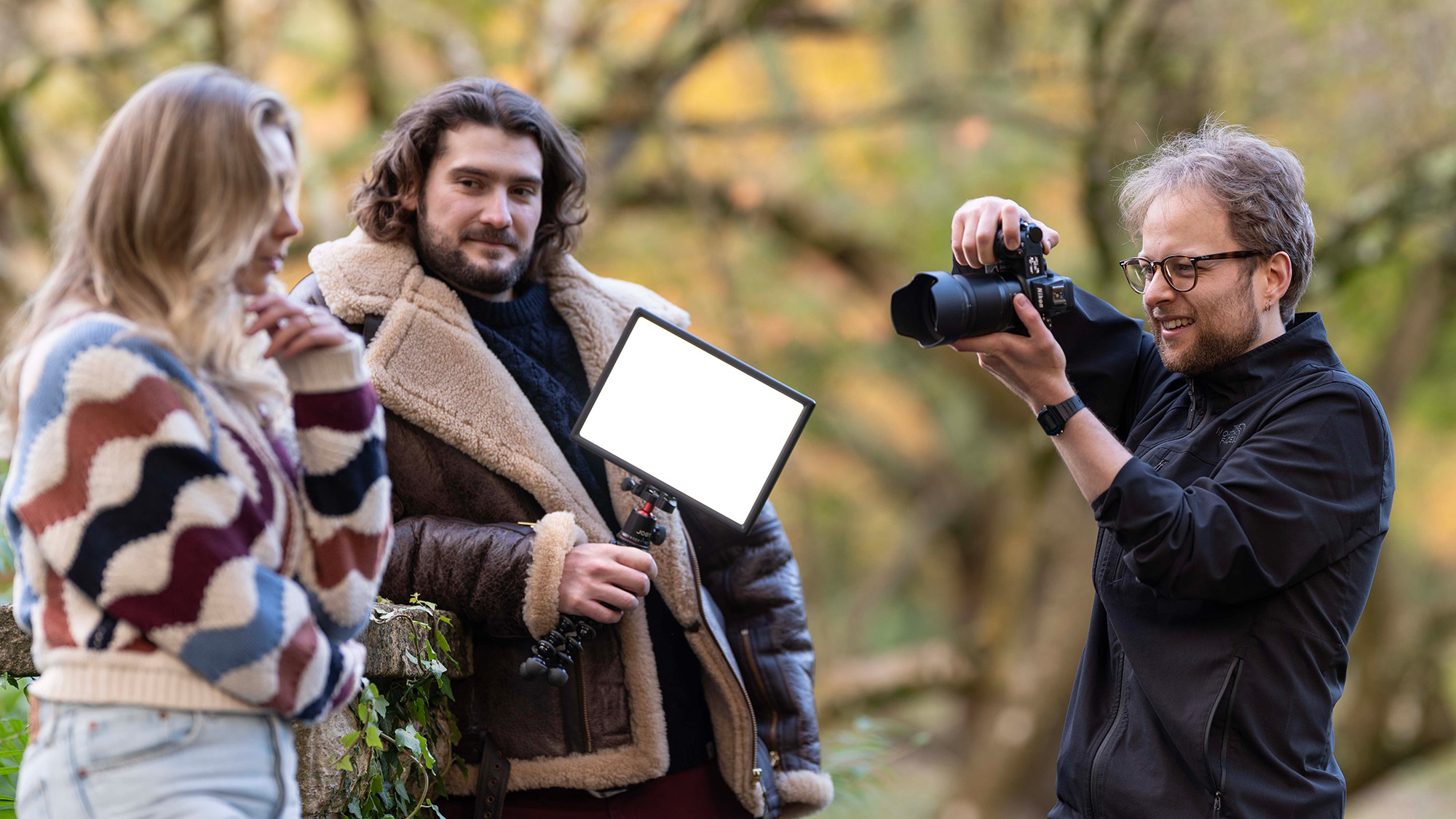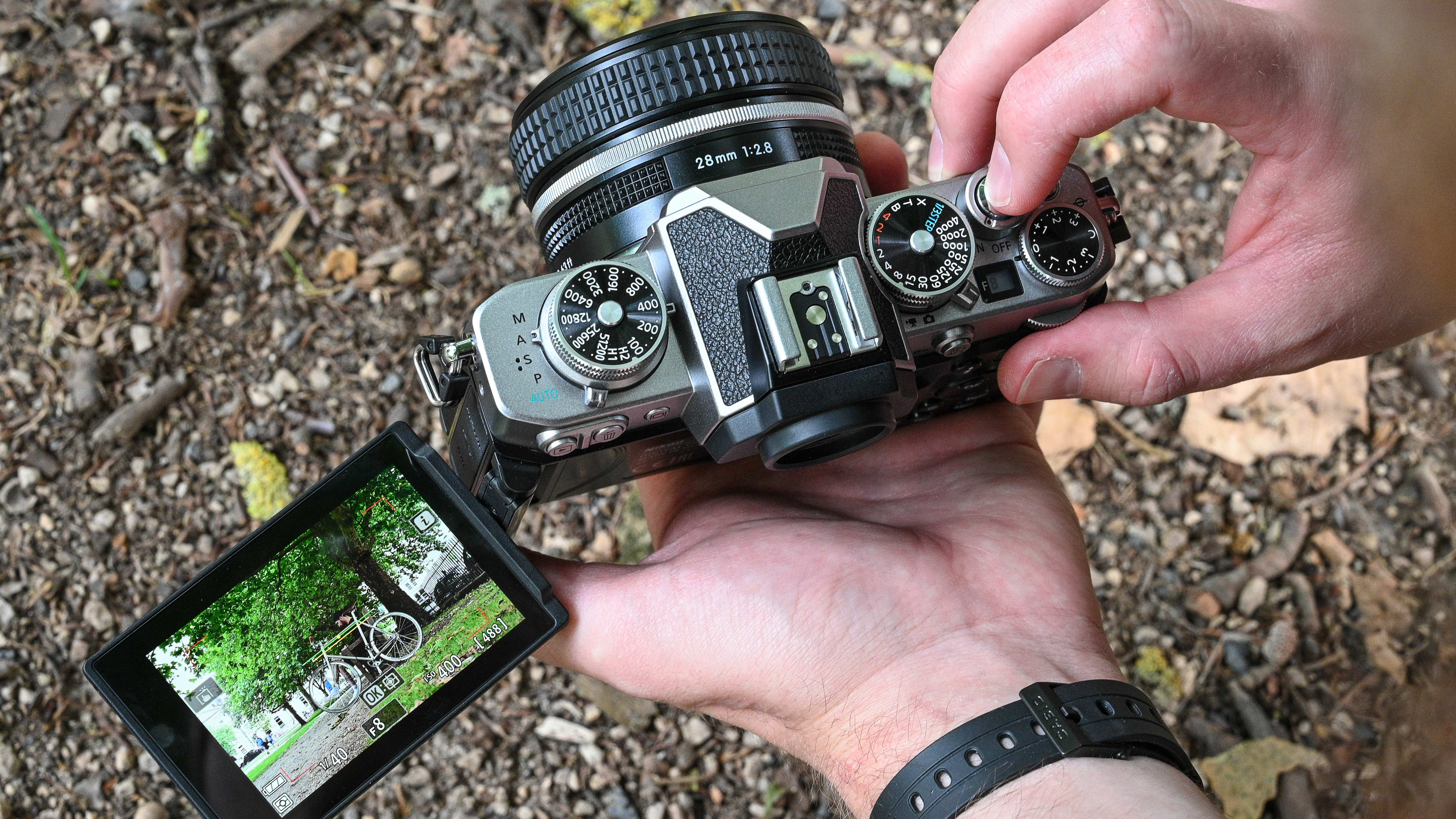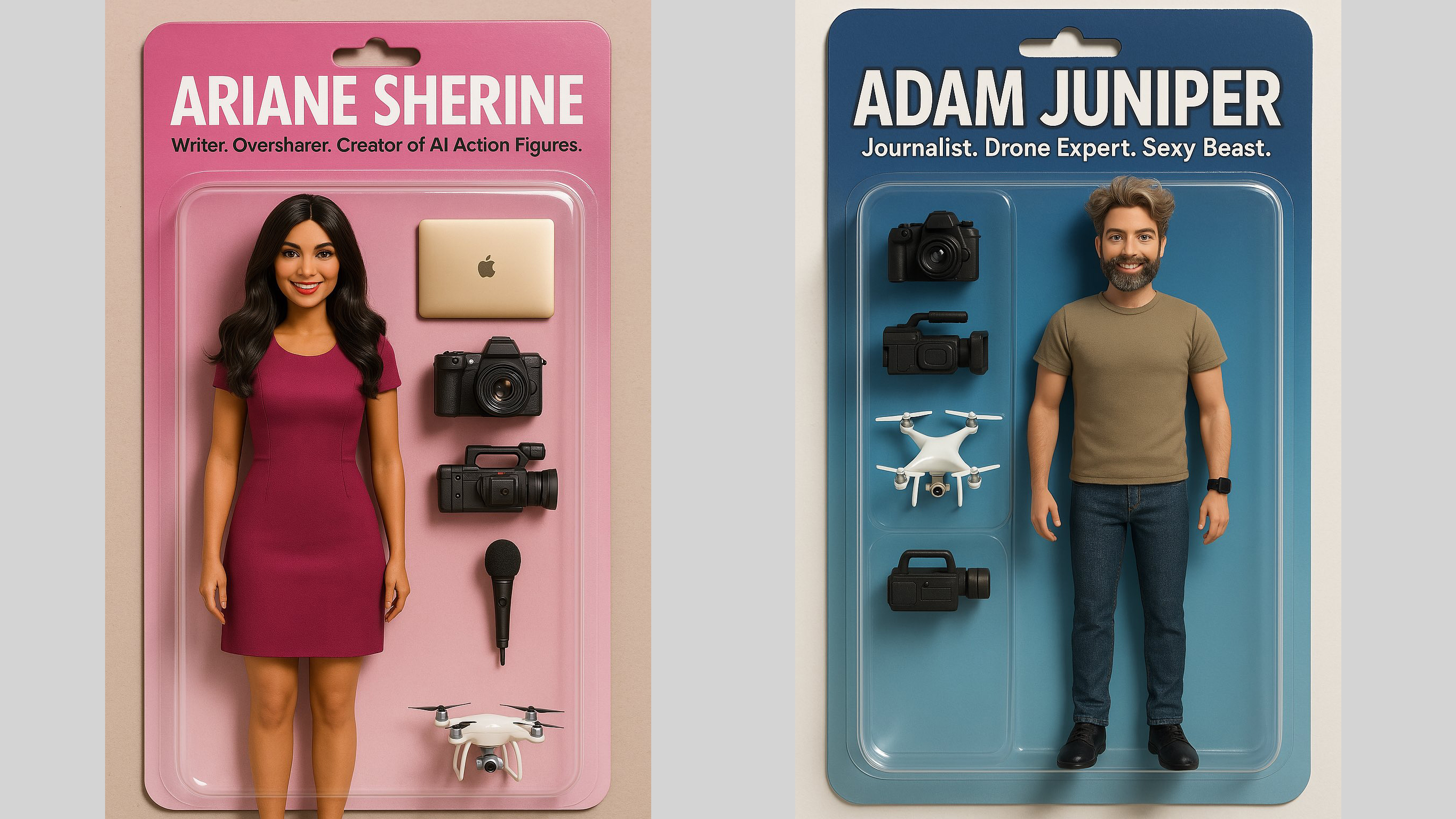I write photography tutorials for a living. No, you DON'T have to look through the viewfinder to take a good image!
Looking through the viewfinder when shooting handheld will help mitigate camera shake, but there are some surprising benefits when shooting via the rear LCD

I’ve noticed this completely unfounded and quite frankly elitist notion over the years that you absolutely have to look through the viewfinder when shooting handheld. Well, if anybody insists that you look through the viewfinder, politely tell them to worry about their own images.
Now, I have no problem with a little constructive criticism. If somebody politely suggests you might like to try looking through the viewfinder, they’re just being your friendly neighborhood photographer.
And they’re not wrong.
If you want to abolish camera shake in the most effective way possible – while shooting handheld – looking through the viewfinder is the answer. Doing this enables you to tuck your elbows into your torso and stabilize the camera much more than by holding it out in front of you and peering at the rear LCD. But photography is rarely an exact science.
Say you’re shooting 50mm portraits in relatively bright conditions with an APS-C camera at f/1.8. You could probably take the shot riding on a unicycle and juggling one-handed (maybe don’t try that one at home) without experiencing camera shake.
In this era of the best mirrorless cameras, more and more photographers are choosing to shoot handheld, in live view. Here are the surprising benefits…
The benefits of shooting handheld using live view

The fact is, just as there are benefits to capturing photographs while looking through the viewfinder, there are benefits to capturing images via the rear LCD. Firstly – and this is entirely subjective – composing images in live view enables you to essentially take a step back and view the scene as a whole. It’s comparable to how you’d view the final image, whereas looking through the viewfinder puts you perceptively that much closer to the scene.
Get the Digital Camera World Newsletter
The best camera deals, reviews, product advice, and unmissable photography news, direct to your inbox!
Secondly, looking at the rear LCD can help you build a better rapport when working with human subjects. It’s not by accident that I see a lot of portrait photographers composing their images in live view. Working in this way means your subjects can see you smile and have fun, and when you talk to them, you can make eye contact.
And if you’re capturing closer portraits with a wider lens, there’s more separation between you and the subject, which makes for a more comfortable experience for both parties. These might seem like small points to make, but they can have a big influence on the mood of a photoshoot.

On the subject of portrait photography, I find using face detection more effective when shooting via the rear LCD. Not only does it mean I can move the frame more fluidly to get the focus point to snap back onto the nearest eye, should it get momentarily lost, I can also quickly resort to touch controls should the camera's AF system really start to struggle.
Another boon when shooting via the rear LCD is that you’re more aware of your surroundings. This is particularly helpful for street photographers working in busy – and potentially dangerous – environments, so they can use their peripheral vision to watch out for hazards or simply avoid getting in someone’s way.
And finally, cameras with articulated or tilting rear LCD screens enable you to compose more comfortably with your camera at awkward angles. Even the most ardent viewfinder photographer isn’t going to lie down, prone, in a puddle to capture a reflection.

As I say all this, I want to make it very clear that I’m not trying to get anyone to abandon looking through the viewfinder. I personally use a hybrid approach; if I’m shooting sports or wildlife, I almost never look at the rear LCD and compose entirely via the viewfinder. But if I’m shooting portraits or architecture, I’ll often flit between the two.
Sadly, I think this notion that composing via the rear LCD is never right comes from the fact that a lot of photographers who started their photography journey on smartphones use this method. But that’s what they’re used to. Here’s the thing: a good photographer is a good photographer, it doesn’t matter whether they shoot through the viewfinder, LCD, shoot film, digital, on smartphones, DSLRs…
Ultimately, you do you!
You may also like...
Want more ramblings from a very opinionated photographer? If you're into the best compact cameras, I'm interested to know, has the cheap compact camera craze persuaded you to ditch your phone? And if you want to upgrade your composition, I think leading lines photography is easy to understand and easy to implement.

Mike is Digital Camera World's How To Editor. He has over a decade of experience, writing for some of the biggest specialist publications including Digital Camera, Digital Photographer and PhotoPlus: The Canon Magazine. Prior to DCW, Mike was Deputy Editor of N-Photo: The Nikon Magazine and Production Editor at Wex Photo Video, where he sharpened his skills in both the stills and videography spheres. While he's an avid motorsport photographer, his skills extend to every genre of photography – making him one of Digital Camera World's top tutors for techniques on cameras, lenses, tripods, filters and other imaging equipment – as well as sharing his expertise on shooting everything from portraits and landscapes to abstracts and architecture to wildlife and, yes, fast things going around race tracks...
You must confirm your public display name before commenting
Please logout and then login again, you will then be prompted to enter your display name.
